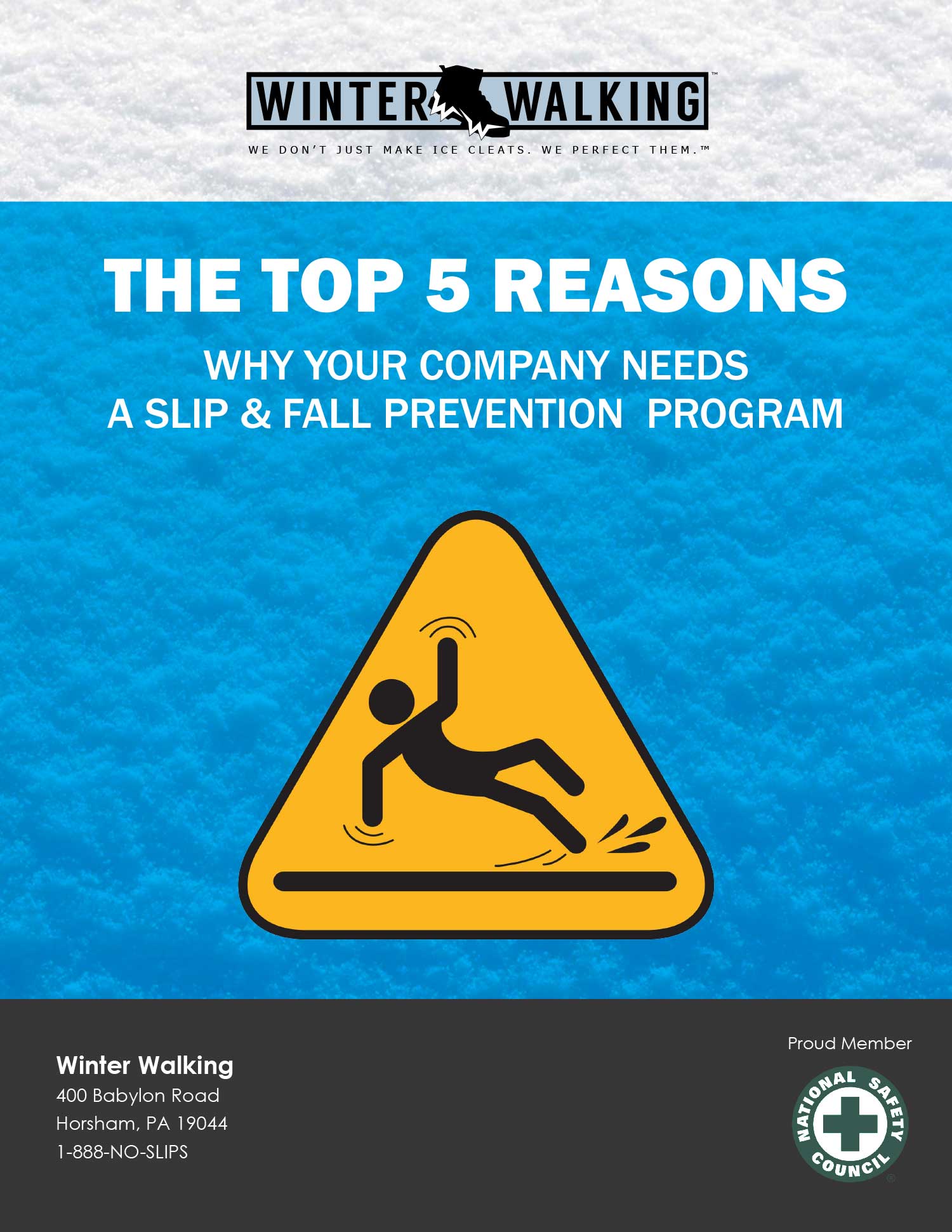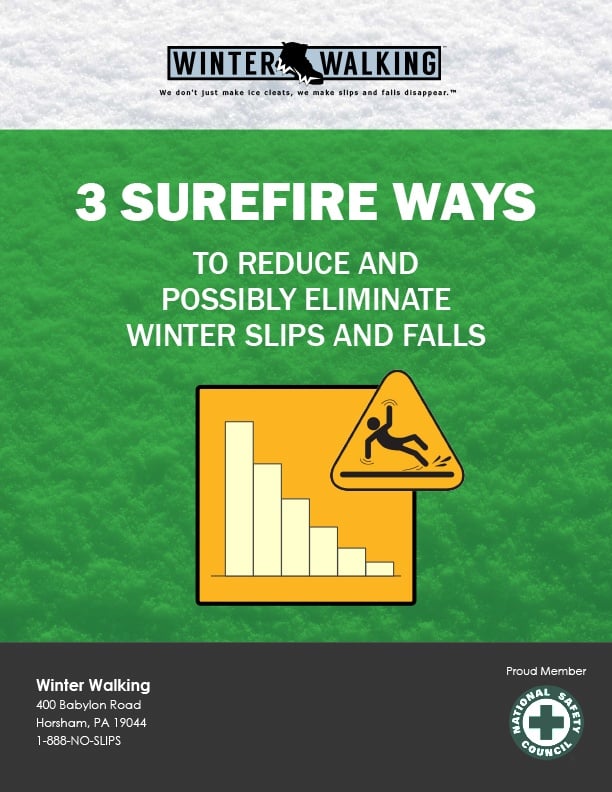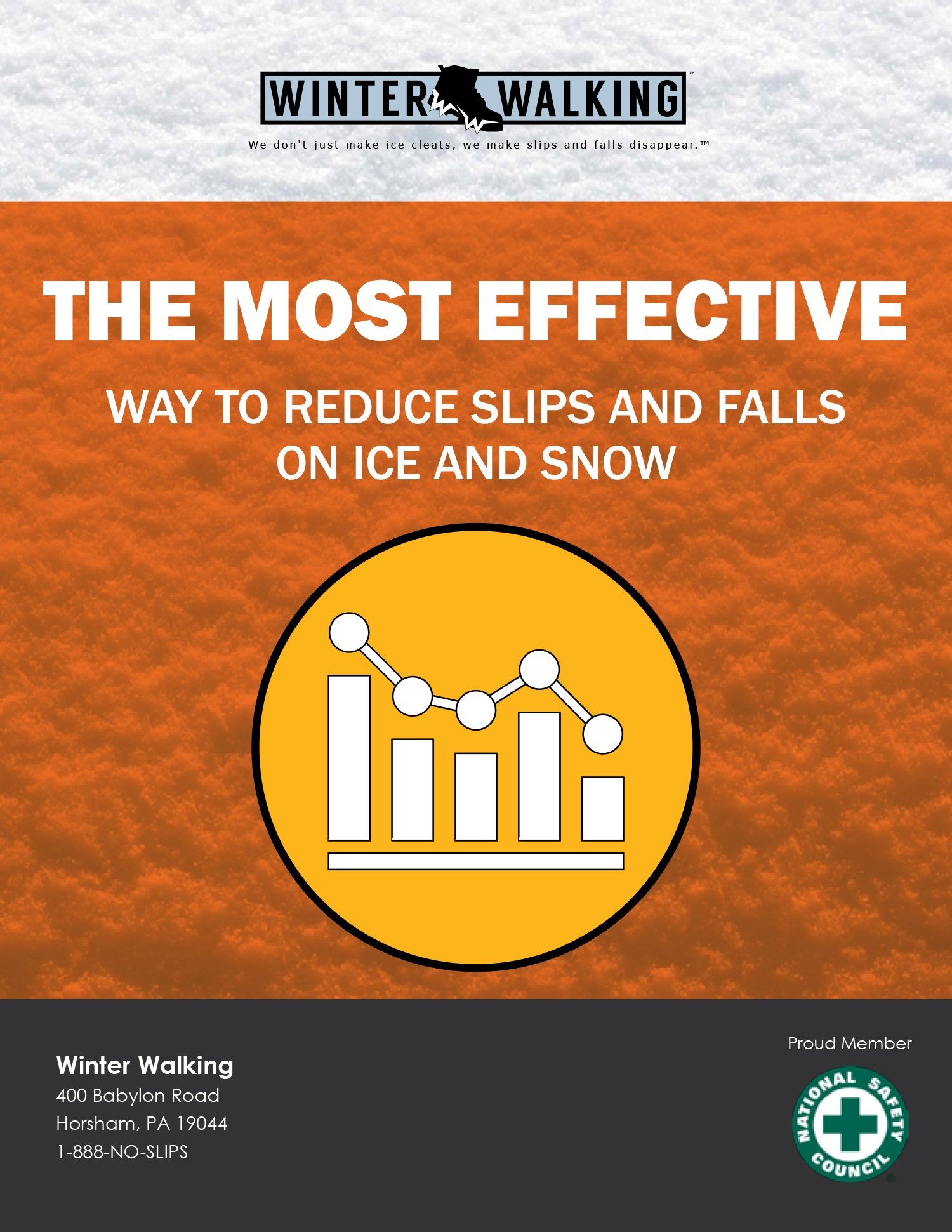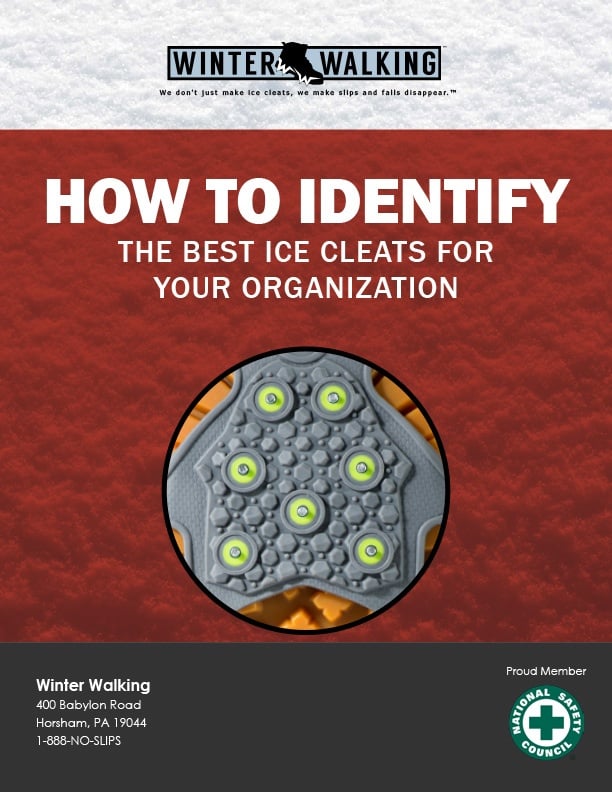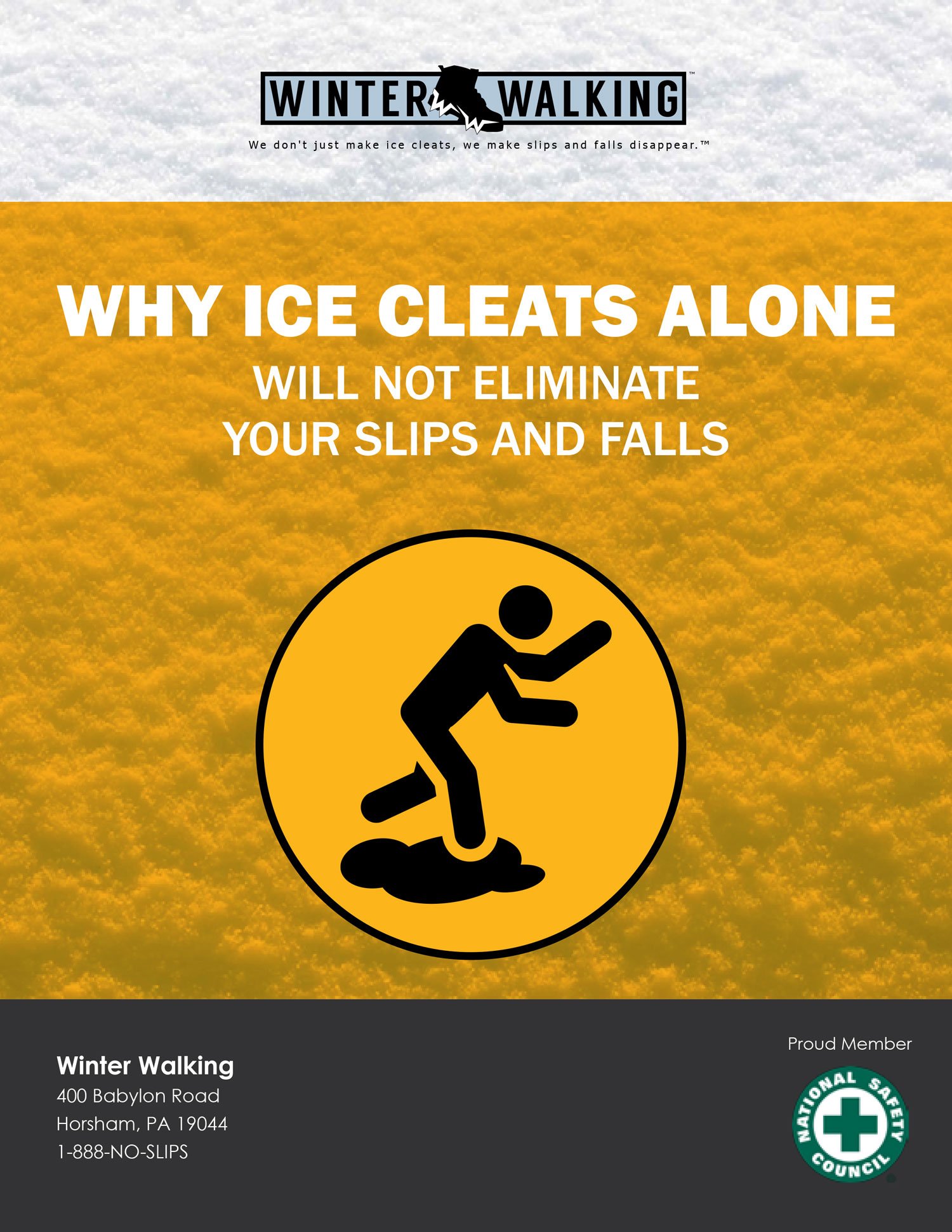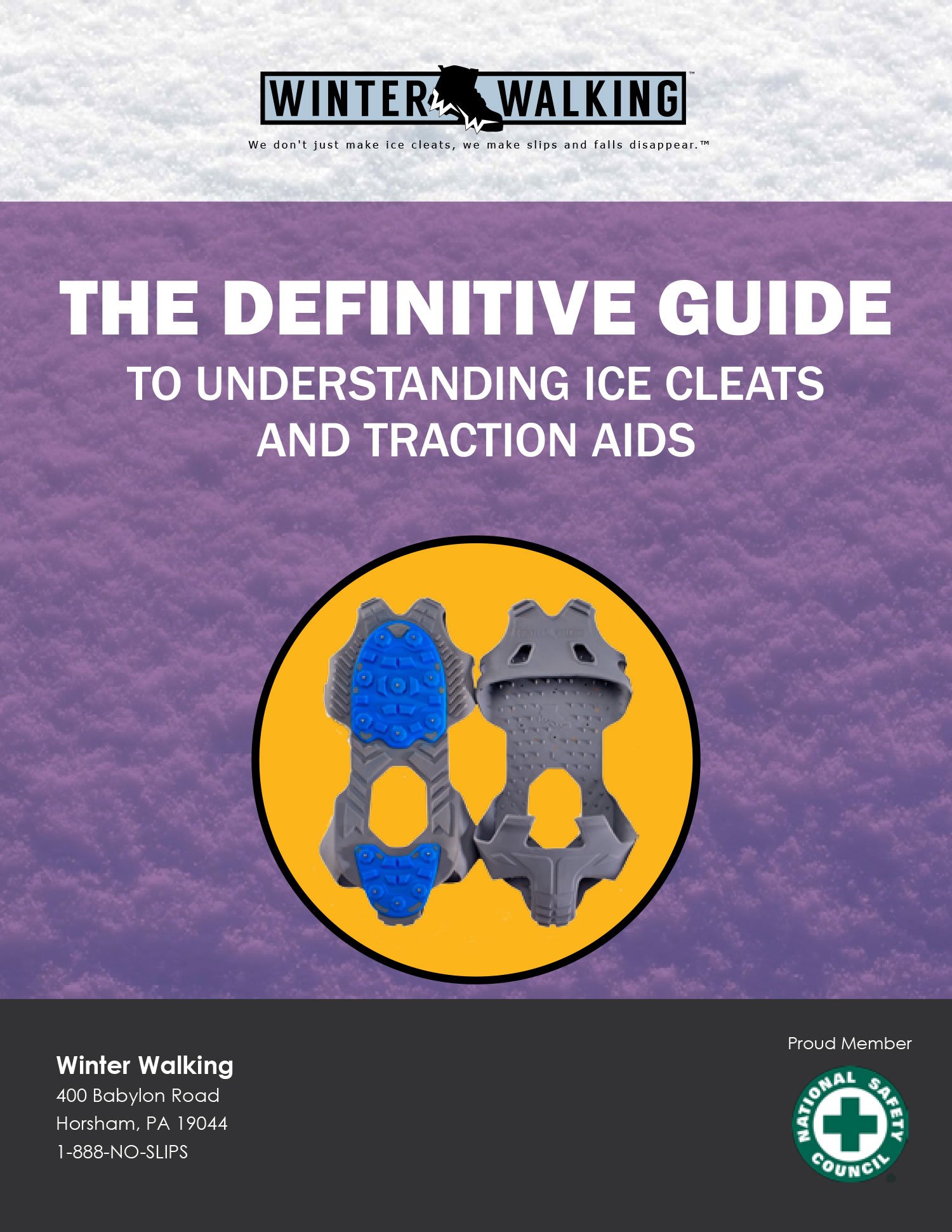 I speak to our customers on a regular basis. One in particular has been buying our ice shoe cleats for years. Despite their purchase, they’ve still had a few slip and fall accidents on the ice and snow and are frustrated. After the accident investigations, they realized each incident had the same the root cause: None of the employees who fell were wearing the ice cleats and winter traction aids that were being provided.
I speak to our customers on a regular basis. One in particular has been buying our ice shoe cleats for years. Despite their purchase, they’ve still had a few slip and fall accidents on the ice and snow and are frustrated. After the accident investigations, they realized each incident had the same the root cause: None of the employees who fell were wearing the ice cleats and winter traction aids that were being provided.
This is one of the most frustrating, but preventable, things a safety professional can hear. Have you ever noticed problems with employee engagement? Most likely, you have. The reality is your employees are constantly being distracted. So, during the winter months, we need to keep them more focused on the seasonal safety hazards they will encounter as they work.
So what’s the solution? Communication, communication and then some more communication. You need to raise awareness, so employees know all about the winter traction aids made available to them. Educating employees on the pros and cons of the devices available to them, in order to prevent winter slips and falls, will go a long way to improving your safety record.
Many large companies have daily safety meetings (“toolbox talks”) with the field employees/contractors, either at the beginning of the day or at shift changes. This is an effective point in time to discuss workplace safety management, winter traction aids, snow and ice in the weather forecast and how to best protect your workforce, etc.
If it has been a couple of years since your area has experienced a winter storm, you can easily forget the danger this season can bring. And with winter being just a few months out of the year, it’s smart to review what’s available to help keep everyone safe from slips and falls.
Remember, you cannot over-communicate workplace safety management and winter safety topics to your employees during the winter months! By always reminding your employees about the importance and availability of ice cleats to help prevent slips and falls on ice and snow, you will increase your employee buy-in and keep them as safe as possible.
Thank you for reading. If you found value in this post, please consider sharing it with your LinkedIn network or simply “like” it.
Bill Coyne is the VP of Sales for Winter Walking. He has been helping organizations across a wide variety of business sectors prevent workplace slips and falls in ice and snow for over 16 years. Winter Walking currently helps some of the world’s largest organizations keep their employees both safer and more productive while working outdoors in the winter season. Contact bill@winterwalking.com or visit www.winterwalking.com.


